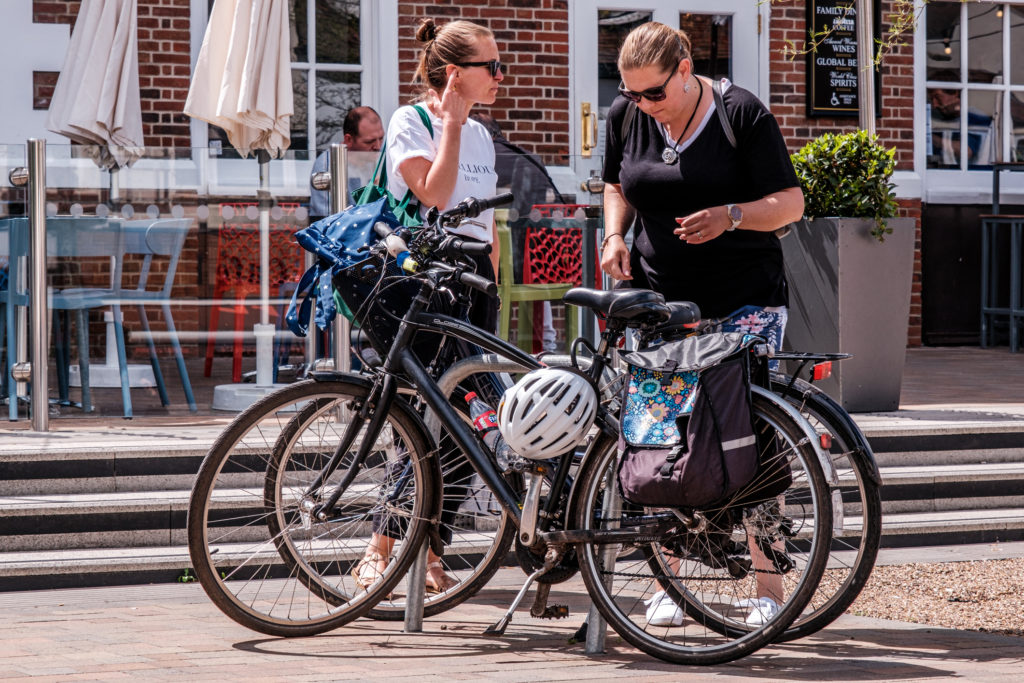The cost of living, the price of survival, the bill of life; call it what you will, is an inescapable part of modern society. However, in recent years, the economic dance of income and expenditure has grown ever more precarious in the United Kingdom, with the middling stratum, the middle class, bearing the brunt of the turmoil. This societal segment, historically synonymous with stability and prosperity, is now teetering on the edge of financial collapse, and the crisis of cost of living is playing a central role in this tragic economic ballet.

Britain’s Middle-Class Conundrum: A Crisis in Cost of Living
A daunting combination of factors – rocketing housing prices, rising utility bills, increased cost of transport, inflated food costs, and a stagnant wage environment – pushes the middle class to the brink of affordability and beyond. From the rustic cottages of the Cotswolds to the terraced houses of London, the squeeze is on, with an unyielding economic python slowly constricting the life out of what was once the backbone of Britain’s economy. Consider the housing market a cruel game of financial musical chairs, leaving the middle class increasingly out in the cold. The skyrocketing prices are an insurmountable barrier for many, effectively barring them from participating in the cornerstone of the British dream. First-time buyers are increasingly priced out of the market, and homeowners are grappling with mortgage payments that have metamorphosed from manageable to monstrous.
Simultaneously, utility bills have taken a swan dive off the cliff of reasonability. The cost of keeping the lights on and the kettle boiling from gas to electricity has escalated. The rampant rise in energy prices is leaving many families to face the grim choice between heating and eating.
On another front, transport costs, whether the expense of keeping a car or using public transport, have soared. This surge impacts not just the ability to get to work or school but also inhibits social mobility, indirectly augmenting the effect of the cost of living crisis.
Then there’s food, that basic necessity without which all else is moot. Britain has long prided itself on its ability to provide for its populace, but the cost of a weekly shop has surged beyond belief. Inflation and a weakened pound, partly due to geopolitical tensions and trade uncertainties, have raised the price of both domestic and imported goods, leaving families to face the difficulty of what to cut from their shopping list. Underlying this panorama of rising costs is a stubborn stagnation in wages. Paychecks have failed to keep pace with the relentless march of expenses, leaving the middle class to deal with a fiscal chasm that grows wider each day. The resulting effect is a reduction in disposable income, shrinking savings, and the strain on mental and physical health as the stress of making ends meet escalates.

This middle-class squeeze is not just an individual tragedy; it is a national one. As the financial health of this demographic falters, so too does their ability to invest in the economy. Reduced spending power leads to decreased demand, slowing economic growth and potentially spiralling into a long-term recession. Addressing the cost of living crisis is a Gordian knot of economics and policy. The solution requires tackling the issue on multiple fronts – from boosting wages and ensuring the fairness of tax systems to fostering affordable housing markets and controlling the cost of utilities.
It is vital to remember that, in the end, the middle class is not just an economic segment. It is the lifeblood of the nation, the engine of its economy, the heart of its communities, and the future of its children. As we navigate this cost of living crisis, it is imperative to focus on this truth, for the well-being of the middle class is invariably tied to the well-being of the nation.





